Categories
Left column house ads
The architect whose conversions sparked the loft movement
July 6, 2024 People, Real Estate
The Times has an excellent feature on Joseph Pell Lombardi, the Fidi resident and architect whose conversions sparked the loft movement Downtown. It’s worth reading from top to bottom, but to understand the importance and the forward-thinking here: his conversion of Liberty Tower on Liberty and Nassau was the first major residential conversion of an office building in Financial District. And that was nearly five decades ago. I think we can say that his work and his thinking have shaped our lives here.
“Joe’s work has been groundbreaking,” Kent Barwick, a former chairman of the New York City Landmarks Preservation Commission, told The Times. “He changed the way we see cities, the way we see the utility of old buildings. He’s been widely imitated.”
I first learned about him just a couple years ago, when I made a field trip to the Armour-Stiner Octagon House, a historic home in Irvington, NY, that he restored. You know Lombardi’s work here in the neighborhood: he is responsible for preserving (and this is not the full list by any means) 161 Duane (Mohawk), 27 N. Moore (Ice House), 25 N. Moore (Atalanta), 14 Leonard (Juilliard), 79 Laight (Sugar Warehouse), 145 Hudson (Skylofts), 7 Hubert, the National City Bank Building on Canal and Broadway, and the Haughwout Building in Soho on Broadway and Broome, among hundreds of others. His offices are on Broadway and Canal; he still keeps an apartment in Liberty Tower.
His interest in preservation made him a pariah at first among his architecture classmates — this being six decades ago; he is 84 — but he is now the head of the pack. From The Times: “He and other architects have shown that even modern office buildings with wide floor plans can be converted — though at considerable expense — by dropping shafts through them to create courtyards and provide windows and light for interior apartments. Today, he noted with pride, his ideas are widely accepted; virtually every architectural firm has a preservation department and does commercial-to-residential conversions.
He purchased Liberty Tower, the former headquarters of Sinclair oil, in 1978, when he was 38 years old. From The Times: “He was entranced by the neo-Gothic elegance of its terra-cotta exterior, adorned with gargoyles, alligators and birds; its huge windows had an unobstructed view of New York Harbor. With just $25,000 down, he bought the 1909 building at a bargain-basement price of $922,000, and then — to the bafflement of the real estate industry — he converted it into 89 co-op apartments.”
Bafflement no more. Here are just a few:
6 Comments
Comment:
Subscribe
Subscribe to the TC Newsletter







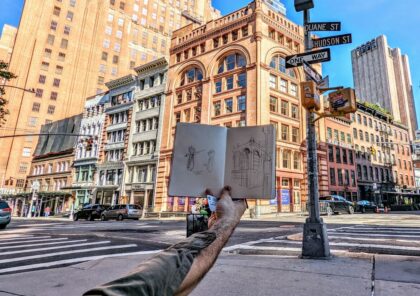
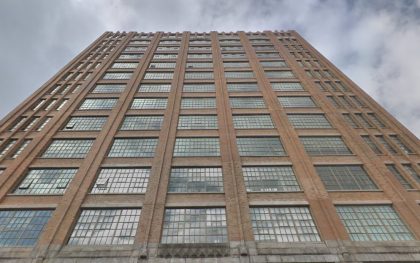
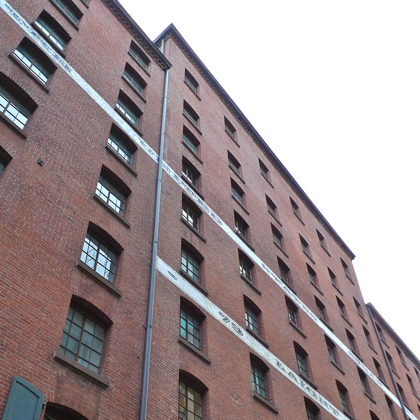
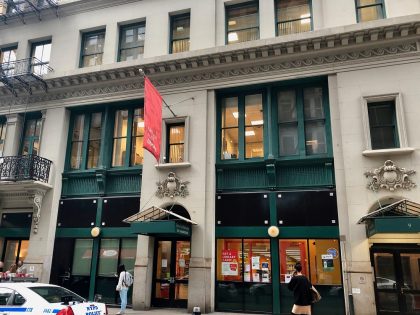
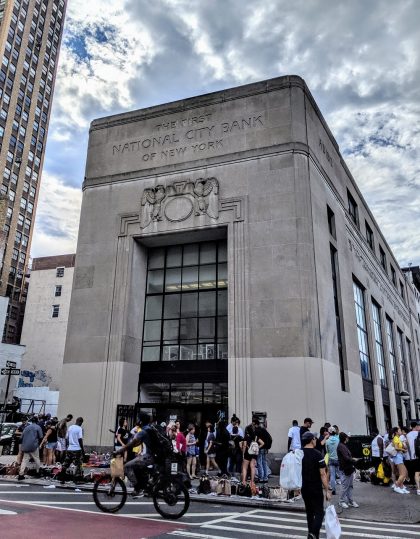
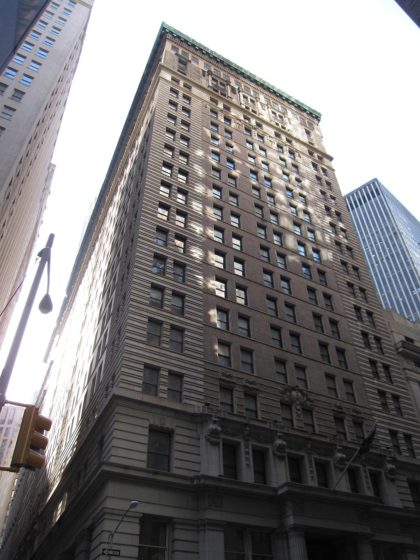
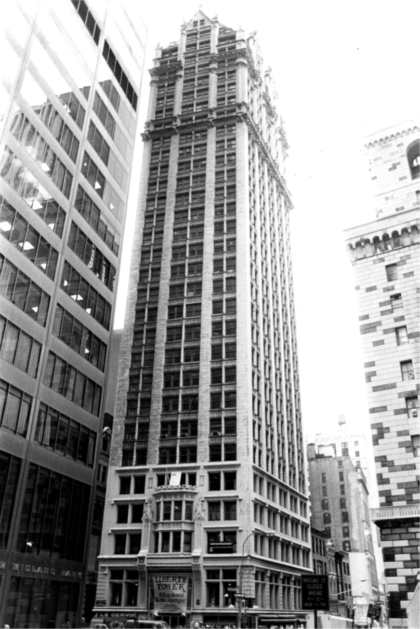






Fascinating. Thank you for this. What was the impetus in the 70s for such commercial-to-residential conversions? Was there a glut of office space and shortage of residential space at that time (as there apparently is now)?
Good question. I know my building — converted in 1978 — was empty after its former life as a jobs office in the ’60s. So I would guess it was the fiscal crisis of 1975 that drove businesses out.
The “adaptive reuse” of NYC buildings was something that came arguably out of 40-50 years of trends prior to the 1970s. This includes both “commercial / office to residential” and “industrial / warehouse to residential”.
The Great Depression, suburban sprawl / urban flight, the automobile (and large 18-wheeler tractor trailers that could not navigate through narrow streets) and the construction of interstate highways, the destruction of Penn Station and the Landmarks Law, ill-fated and community-opposed “urban renewal” efforts like the 1964 RPA plan and Robert Moses’ Lower Manhattan Expressway (LOMEX) that would have built a 10-lane highway across Manhattan from the East River bridges to the Holland Tunnel, right through Lombardi’s Haughwout Building in Soho on Broadway and Broome. Demand for commercial and industrial space plummeted in Manhattan, as it had elsewhere in NYC. Yet, there were all these areas and structures that could not or would not be rebuilt, whether because of landmarks preservation or commercial uncertainty about government’s eminent domain efforts dissuading private investment in these areas and structures.
The most successful adaptive reuse is arguably the loft conversions. Artists and other pioneer residents succeeded in spite of the City’s restrictive building codes and zoning resolutions*. Opposition by The Department of Buildings and Fire Department was fierce. Politicians refused to accept the reality of the decline of industrial use because of the fear that it would offend labor unions; look at the decades it took to rezone Soho and the on-going denial in the Garment District. The 1980s Loft Law was a necessary modification of the City’s codes to facilitate the conversion of commercial space that was infeasible to legalize by removing a lot of the unnecessary requirements to make safe, habitable space, e.g., the requirement of a 30-ft deep rear yard behind residential buildings.
It seems the unintended consequences of many prior code reforms and the bureaucratic cowardice of our present government means that limited housing gets built and even less housing is created in an environmentally friendly way (by adaptively reusing existing structures). For example, NYC has been unable to legalize basement apartments in the outer boroughs, because adding a legal third apartment to a 2-family home causes the structure to become a “multiple dwelling.” This effectively doubles the cost of the conversion in order for homeowners to comply with state laws meant for apartment buildings.
*As an aside, the Zoning Resolution is arguably more effective as a description of NYC in 1961 than a planning document that balances economic innovation and limits on chaos. For example, some of the enumerated uses of retail space in “Use Group 6” include: Bakeries, provided that floor area used for production shall be limited to 750 square feet per establishment; Dry cleaning or clothes pressing establishments or receiving stations dealing directly with ultimate consumers, limited to 2,000 square feet of floor area per establishment, and provided that only solvents with a flash point of not less than 138.2 degrees Fahrenheit shall be used, and total aggregate dry load capacity of machines shall not exceed 60 pounds; Shoe or hat repair shops; Automobile supply stores, with no installation or repair services; Carpet, rug, linoleum or other floor covering stores, limited to 10,000 square feet of floor area per establishment; Fishing tackle or equipment, rental or sales; Furrier shops, custom; Loan offices; Millinery shops; Record stores; Sewing machine stores, selling household machines only; Stamp or coin stores; Telegraph offices; Travel bureaus; Typewriter stores; Wallpaper stores; Watch or clock stores or repair shops.
The third image from the bottom is 1 York Street Condos and was designed by Mexican architect Enrique Norton.
Right, thanks.
Living Legend!